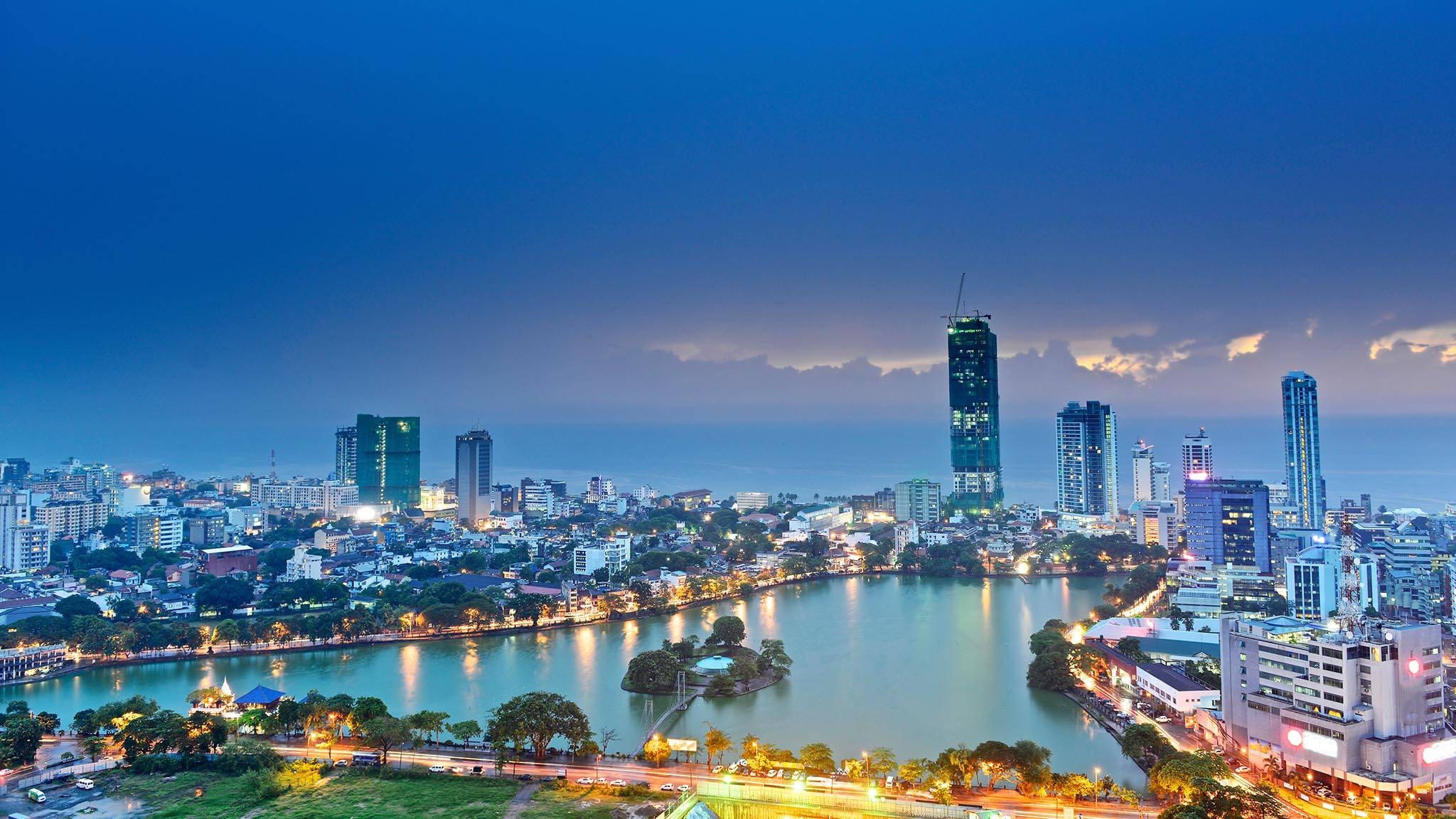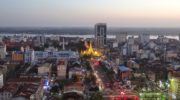
Sri Lanka has lived in recent decades apart from the evolution of the modern world. Deadly civil war, equally deadly natural disasters – including the infamous tsunami that swept through the Indian Ocean on Dec. 26, 2004, or recurring cyclones, monsoons, and so on. – nothing was spared him.
But now, it is time to rebuild, both material and psychological. The capital Colombo is launching huge urban planning projects to cope with an ever-increasing influx of people. The urban area has recently reached 6 million inhabitants, or more than 28% of the total population of the country, a rate that continues to grow.
Reconstruction also about how to live together. Sri Lankan society remains very divided between Sinhalese, who represent more than 70% of the population, and other ethnic groups, including Tamils (18%) and Moors (8%). Separated geographically and religiously, these communities have always struggled to accept each other. The Sinhalese have long behaved as the only ethnic group in the country, in defiance of others, which led to the civil war (1983-2009), today fortunately over. But the end of the conflict did not solve all the problems, far from it.




